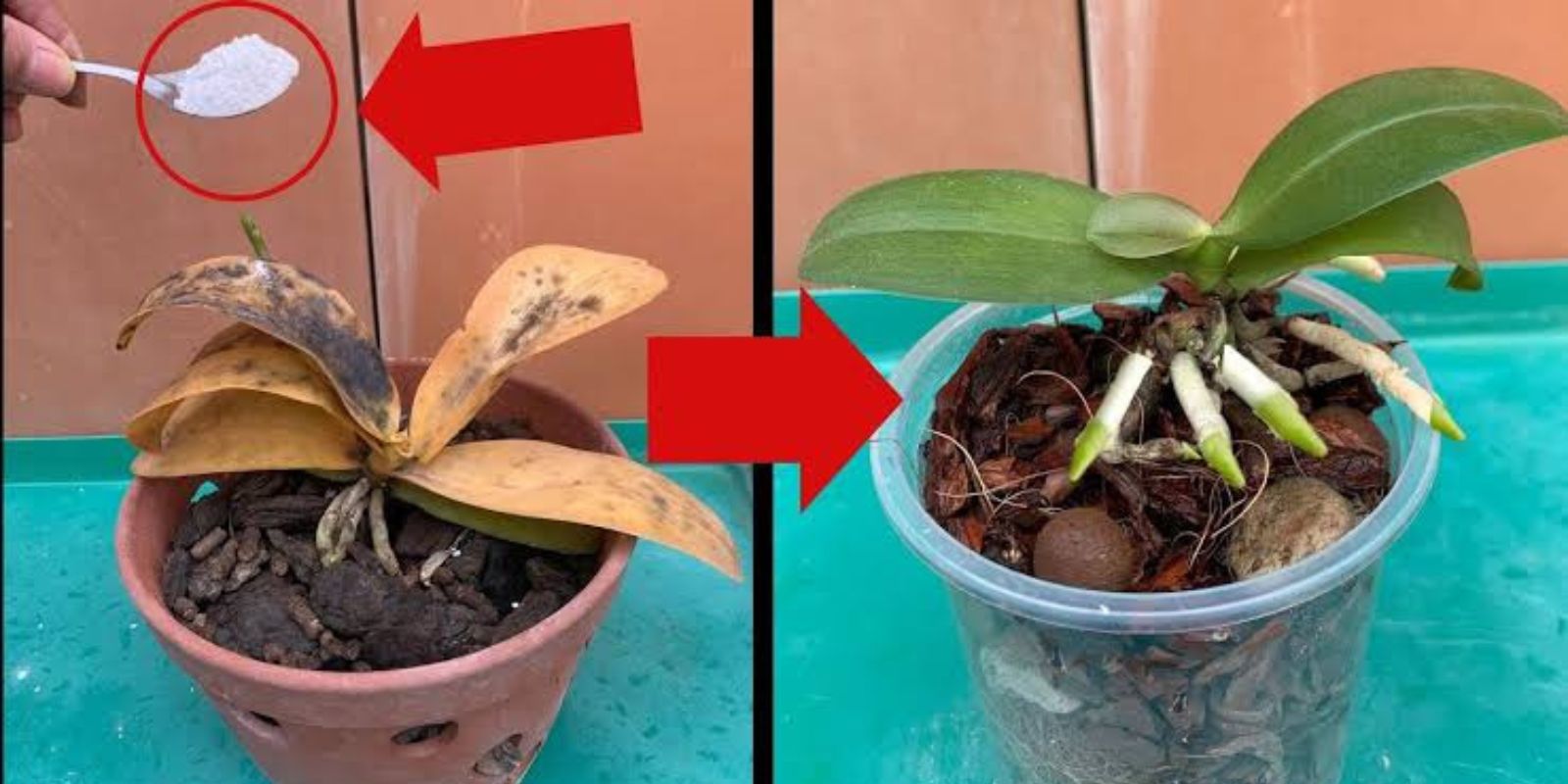Orchids, with their exotic beauty and graceful blooms, are a prized addition to any home or garden. However, many orchid enthusiasts struggle with getting their plants to rebloom after the initial flowers fade. The good news is that with the right care and attention, you can enjoy vibrant and consistent orchid blooms year-round. In this guide, we’ll explore 10 proven secrets to ensure your orchids thrive and blossom beautifully every time.
1. Choose the Right Orchid
The first step to consistent blooming starts with selecting the right orchid variety. If you’re new to orchids, consider Phalaenopsis, often called the “moth orchid.” It’s one of the easiest varieties to care for and has a long blooming season. Other beginner-friendly orchids include Dendrobium and Oncidium, which also produce stunning flowers with relatively low maintenance.
2. Provide Bright, Indirect Light
Light is one of the most critical factors for orchids to bloom. Orchids prefer bright, indirect light. Direct sunlight can scorch their delicate leaves, while insufficient light can hinder flower production. Place your orchid near an east or south-facing window with sheer curtains to filter the light. For homes with limited natural light, consider using a grow light designed for orchids.
3. Maintain Proper Humidity Levels
Orchids thrive in environments with 50-70% humidity, which mimics their natural tropical habitat. If you live in a dry climate, increase humidity by:
- Using a humidifier near your plants.
- Placing a shallow tray filled with water and pebbles beneath the orchid pot (ensuring the pot doesn’t sit directly in the water).
- Mist your orchids lightly, especially during dry seasons, but avoid letting water sit on the leaves as this can lead to fungal issues.
4. Water Sparingly but Thoroughly
Overwatering is one of the most common mistakes when caring for orchids. Water your orchid only when the potting medium feels dry to the touch. A good rule of thumb is to water once a week in warmer months and reduce watering frequency in cooler seasons.
- Always use room-temperature water.
- Avoid watering the crown (where leaves meet the roots) to prevent rot.
5. Feed Your Orchid Properly
Orchids require nutrients to bloom consistently. Use a balanced orchid fertilizer with a 20-20-20 ratio or a specific bloom-boosting fertilizer. Fertilize every two weeks during the growing season and reduce feeding during dormancy. Always dilute the fertilizer to half the recommended strength to avoid root burn.
6. Repot Regularly
Over time, the orchid’s potting medium breaks down, compacting the roots and hindering growth. Repot your orchid every 1-2 years to refresh the medium and provide adequate airflow to the roots. Use a specialized orchid mix made of bark, sphagnum moss, or perlite to ensure proper drainage.
7. Prune Spent Flower Spikes
After the flowers fade, trim the flower spike to encourage new growth.
- If the spike is green, cut just above a healthy node to allow the plant to produce side blooms.
- If the spike has turned brown, trim it down to the base, as it will no longer produce flowers.
Pruning helps redirect the orchid’s energy into producing new flowers.
8. Mimic Natural Temperature Fluctuations
Temperature plays a crucial role in triggering an orchid to bloom. Orchids require a nighttime temperature drop of about 10°F (5°C) for 2-4 weeks to stimulate flower spikes. For example, if the daytime temperature is 75°F (24°C), the nighttime temperature should drop to around 65°F (18°C).
- In the fall, place your orchid in a cooler room or near a window with a slight draft to achieve this effect.
9. Ensure Good Air Circulation
Orchids thrive in environments with consistent air movement. Proper ventilation helps prevent pests, diseases, and mold growth. Use a small fan in the room where your orchids are placed, ensuring it’s set to a low setting to mimic gentle breezes. Avoid direct airflow on the plants.
10. Be Patient and Observant
The final secret to blooming orchids is patience. Orchids are slow growers, and their blooming cycle depends on the variety and growing conditions. Monitor your plant closely and respond to its needs. Signs to watch for include:
- Wrinkled leaves (indicating dehydration).
- Yellowing leaves (a sign of overwatering or poor lighting).
- Lack of blooms despite healthy leaves (may indicate insufficient light or nutrients).
Bonus Tips for Happy Orchids
- Group Orchids Together: Placing multiple orchids close to each other can create a microclimate with higher humidity.
- Clean the Leaves: Dust can block light absorption. Wipe the leaves gently with a damp cloth to keep them clean.
- Rotate Your Orchids: Ensure all sides of the plant receive adequate light by rotating the pot weekly.
Common Orchid Care Mistakes to Avoid
- Overwatering: Too much water suffocates the roots and causes rot.
- Improper Light: Direct sunlight can scorch leaves, while too little light prevents blooming.
- Using Regular Potting Soil: Orchids need a specialized potting mix to thrive.
- Neglecting Dormancy: Orchids need a rest period to recharge between blooming cycles.
Conclusion
Orchids are a rewarding challenge for any plant lover, and with these 10 secrets, you’ll be well on your way to enjoying lush, vibrant blooms year after year. Remember, the key to success lies in understanding your orchid’s unique needs and providing consistent care.
🌿 Let’s hear from you! Have you tried these tips, or do you have a blooming secret of your own? Share in the comments below! 🌸💡

